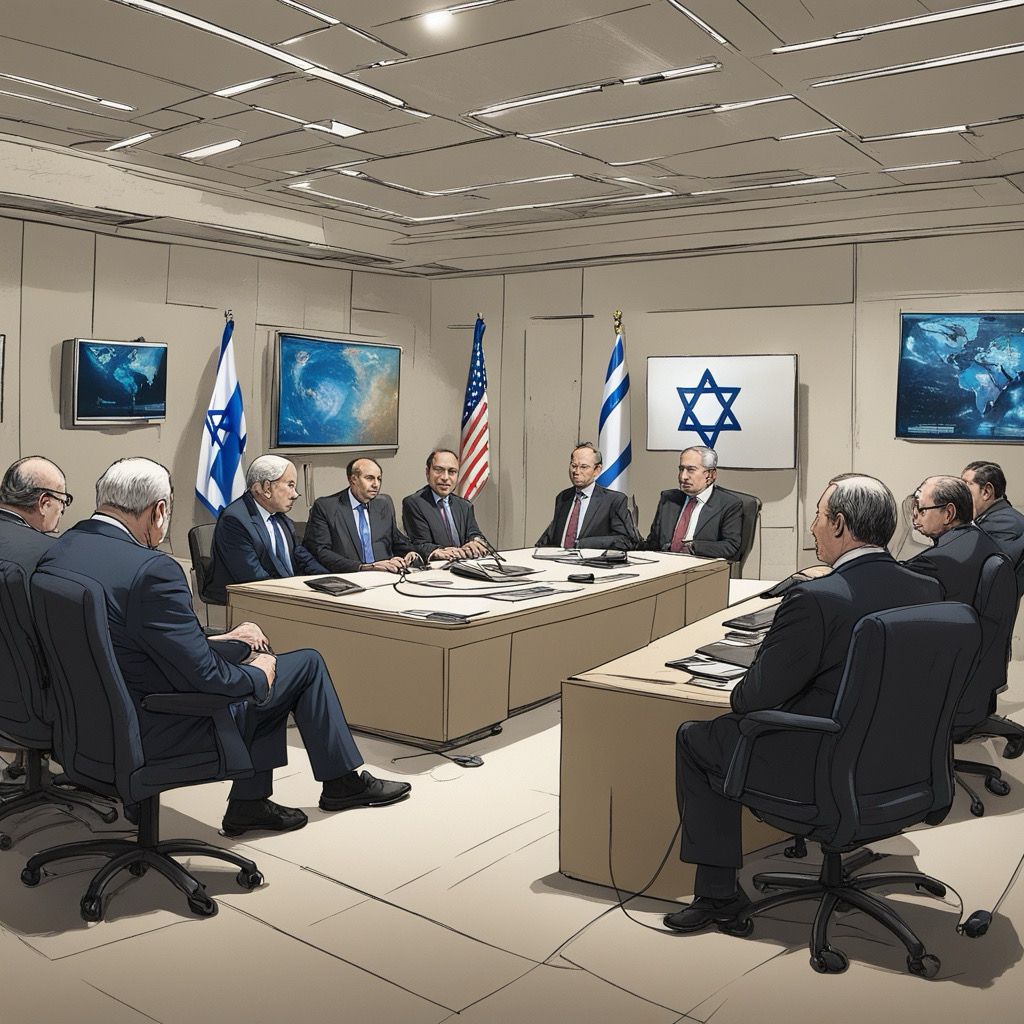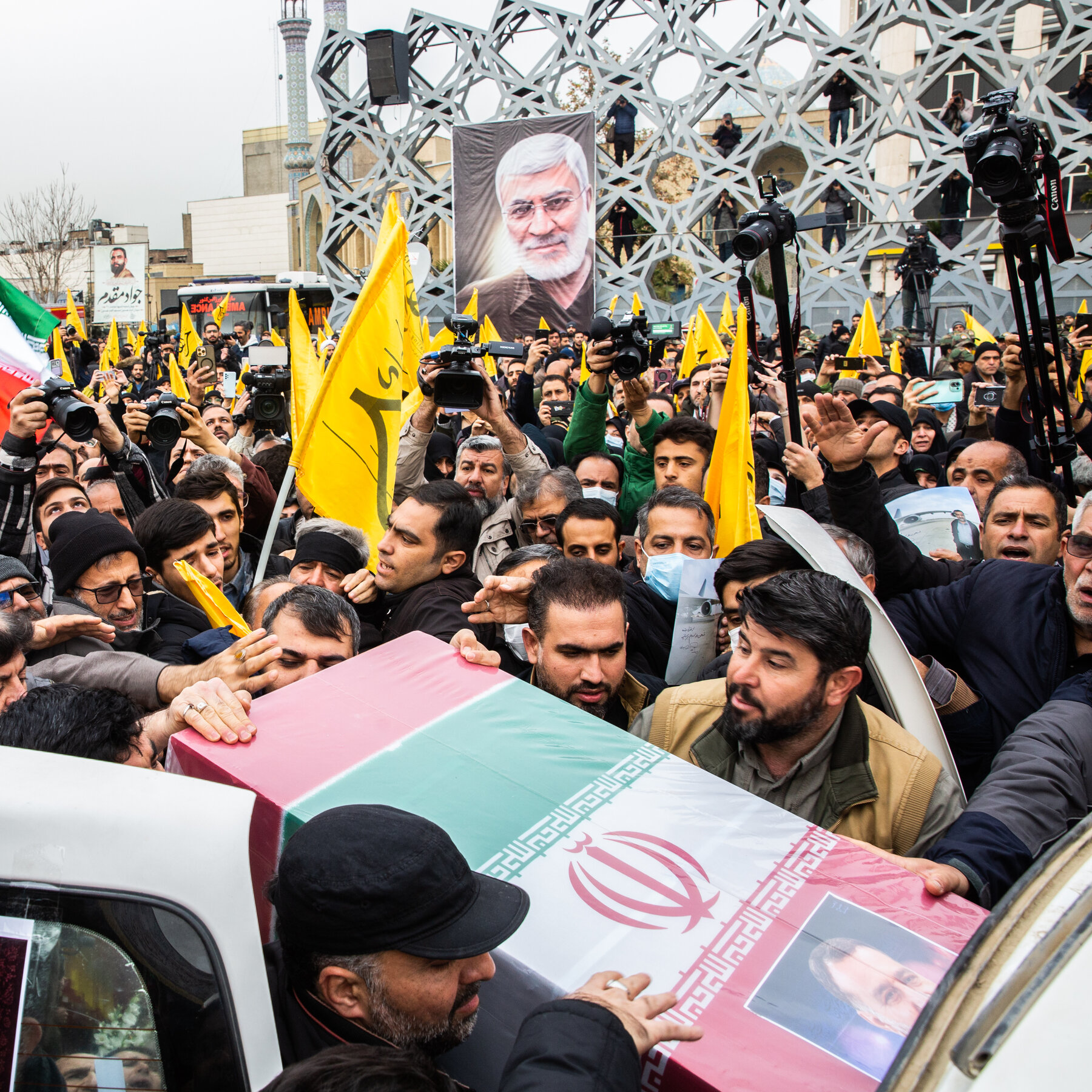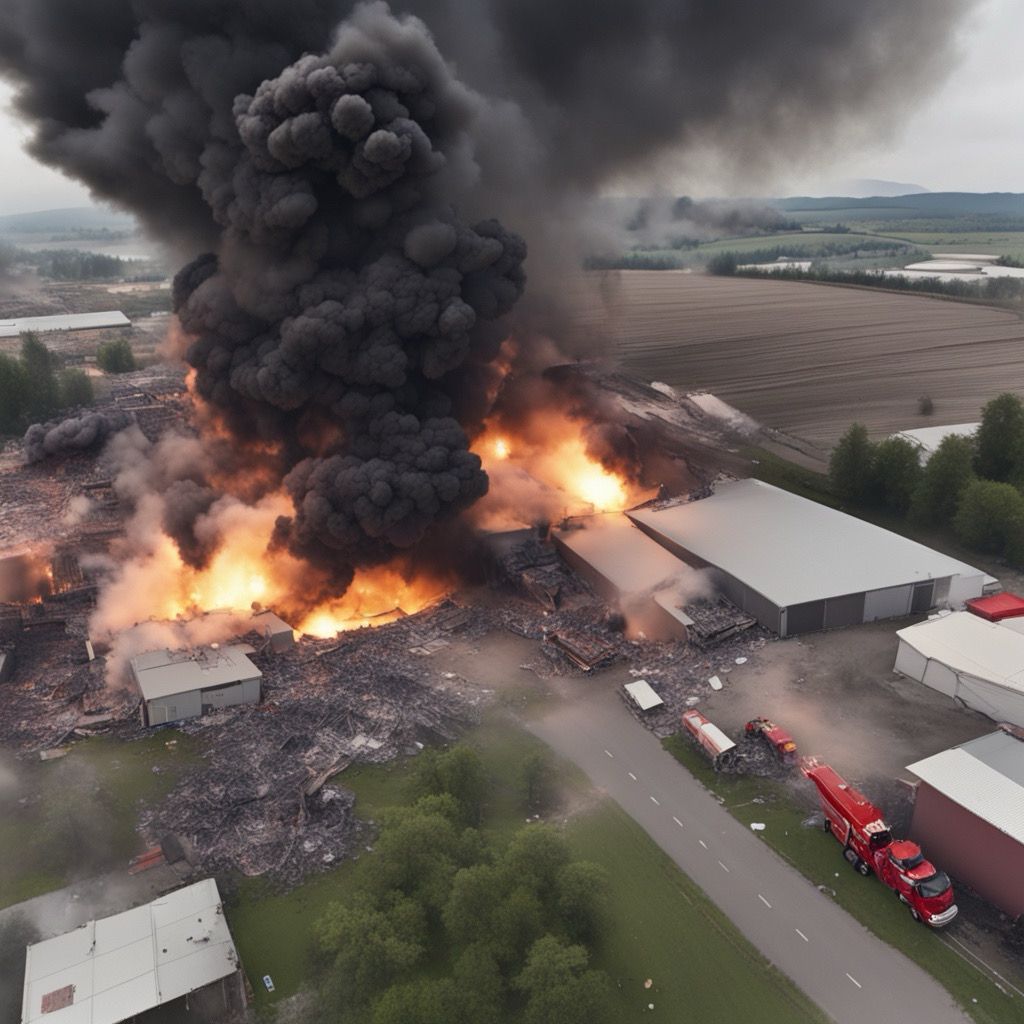Published: 4 months ago

World Affairs
Summary
Tensions rise as the U.S. deploys medium-range missiles to the Asia-Pacific region for the first time since the Cold War, sparking strong opposition from Beijing officials. The move, part of joint military exercises in the Philippines, is seen as a strategic response to China's growing military presence in the region.
Article
The news of the U.S. deploying medium-range missiles in the Asia-Pacific region for the first time since the Cold War sent shockwaves throughout Beijing. Chinese officials were quick to decry the move, expressing grave concern and strong opposition to what they saw as a clear escalation of military tensions in the region.
The deployment of the Army's newest Typhon launcher on northern Luzon in the Philippines was seen as a direct threat to China's national security. With the capability to fire missiles with ranges of up to 2,500 kilometers, the system could easily cover the entire Taiwan Strait, the Philippines' Luzon Strait, and key Chinese cities along the coast.
Analysts warned that the placement of these missiles could have serious implications for any potential conflict in the region. In the event of an invasion of Taiwan, for example, the missiles could target Chinese military bases and naval fleets, severely complicating Chinese military planning.
Despite assurances that the system was only temporarily deployed for joint military exercises, concerns remained high. The possibility of a more permanent deployment in the future could significantly alter the balance of power in the region, forcing Chinese military planners to reassess their strategies.
As tensions continued to mount, China issued stern warnings against what they saw as a dangerous move that threatened the security of regional countries and undermined peace and stability. The rapid growth of the Chinese navy in recent years had already raised concerns among neighboring countries and the international community, and the deployment of U.S. missiles only added fuel to the fire.
With China's navy surpassing the U.S. in terms of the number of ships and submarines, there were fears that Beijing could have the upper hand in any potential conflict in the South China Sea or over territorial disputes with other countries in the region. The U.S. planned to increase its fleet size, but experts warned that it was still on a downward trajectory compared to China's expanding naval capabilities.
In the face of these escalating tensions, the U.S. justified the deployment of the missiles as a necessary measure to ensure regional security and deter aggression. While the specifics of the deployment remained undisclosed, it was clear that both countries were gearing up for a potential showdown in the Asia-Pacific region.
As the world watched nervously, the prospect of a new Cold War loomed on the horizon, with Beijing and Washington locked in a dangerous game of military brinkmanship. The deployment of U.S. missiles in the region had set off a chain reaction of events that threatened to spiral out of control, plunging the region into a new era of uncertainty and instability.
No opinions exist on this article yet!
Be the first one to share an opinion on this article.
This article does not have any attachments.
No Access
Share access to start recording your opinion










